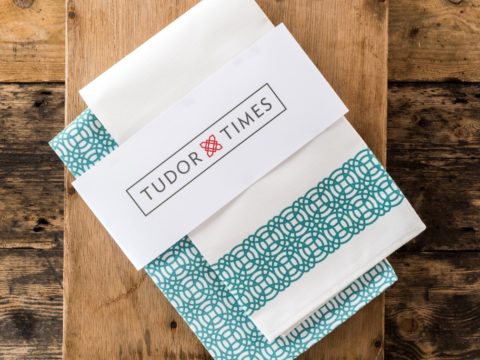Regent Moray: Life Story
Chapter 13 : The Chaseabout Raid
Moray was deeply disturbed by Mary’s choice. For four years he had been his half-sister’s most important adviser, and any husband would be likely to have ousted him. Added to that, the English took umbrage at Mary’s choice (although many people then, and now, believed that Elizabeth had engineered it because she knew Darnley would prove a disastrous match). Moray could see that his long-term alliance with England might be under threat. There was Darnley’s own character – vain, spoilt, spiteful (as everyone but the Queen had observed) and ambitious for power himself – he had already told people that he believed Moray had too much influence and power. Finally, there was his position as a member of the Lennox family – whom Moray considered his enemies.
Once it became apparent that Mary was fixed on the marriage, Moray withdrew from court – ostensibly to avoid any Catholic ceremonies he might be obliged to witness at Easter, and at the end of June he remained at his half-brother, Sir William Douglas’ Castle of Lochleven, rather than attending the Queen at Perth with the other nobles.
On 1st July, even before Mary had actually married Darnley (which took place on 29th July 1565), Moray wrote to Ambassador Randolph, requesting £3,000 to be sent by England to support the Protestant faith – presumably through armed rebellion. Moray was not alone, but Mary had enough support from the other Protestant lords to show that Moray was merely using religion as a cloak for rebellion. Moray was summoned to the royal presence to explain himself, being offered a safe-conduct for himself and a retinue of eighty. He refused to come and, on 6th August was put to the horn (the term for being outlawed – announced by three blasts of a horn). Chatelherault and Argyll (brother-in-law to Mary and Moray) were told in no uncertain terms that they were not to help him, or they would find themselves on the wrong side of the law as well. They both chose to ignore her orders.
Moray’s lands were declared forfeit (although an act of Parliament would be required to actually confiscate them) and Mary mustered troops at Edinburgh to march against him – pawning her jewels to raise the necessary money. Mary reiterated her commitment to the settlement of 1560 to make it clear she was punishing rebellion, not attempting to impose religious changes.She marched out of Edinburgh at the head of her army on 26th August, heading for Glasgow and Argyll’s lands. No sooner had she left, than Moray, together with the Lords Rothes, Glencairn and Chatelherault entered the city. They were soon dismayed to discover they had no support.Mary was popular, and her confirmation of the religious settlement meant that no-one was interested in overthrowing her. Even Moray’s cousin, Erskine, to whom he had ceded the Earldom of Mar, supported the Queen. To ensure further support, Mary pardoned Huntly’s eldest son, restoring his Earldom, and brought the Earl of Bothwell (a notorious enemy of Moray) back into the fold of royal favour.Even Moray’s friend, James Douglas, Earl of Morton, was reconciled to the royal marriage when Darnley’s mother, gave up her claim to the Douglas earldom of Angus to him.
Mary and Darnley pursued Moray and his allies in what became known as the ‘Chaseabout Raid’ as the royal and rebel armies marched hither and yon across the south of Scotland without ever coming to blows.
Moray requested help from England. Although fine words were spoken, and Elizabeth had written to Mary in July requesting her to take Moray back into favour (although the tone of the letter was hardly likely to promote the request), the English Queen would not openly support rebels. She would go no further than offering Moray sanctuary in England. On 6th October, Moray crossed into England. He felt aggrieved at the lack of support, writing to Leicester and Cecil that he and his colleagues would not have taken the action they had, without Elizabeth’s more-than-tacit support - in fact, actual letters from Elizabeth’s council.
He travelled to London to plead in person with Elizabeth but she, keen to demonstrate her solidarity with fellow-monarchs and discourage rebellion, first made him wait at Royston (about 30 miles north of London) then gave him a public dressing-down, in front of the French Ambassador. Nevertheless, she permitted him to take up residence in Newcastle, and promised to write again to Mary, requesting he be forgiven. He remained in Newcastle throughout the autumn and winter of 1565-1566 with no sign of forgiveness from his half-sister. Mary was angry, hurt, and probably shocked at what she perceived to be Moray’s astounding ingratitude. She had given him wealth, power, position and trust, and he had repaid her by trying to control her, and prevent her marriage.
Lord James Stewart
Family Tree






